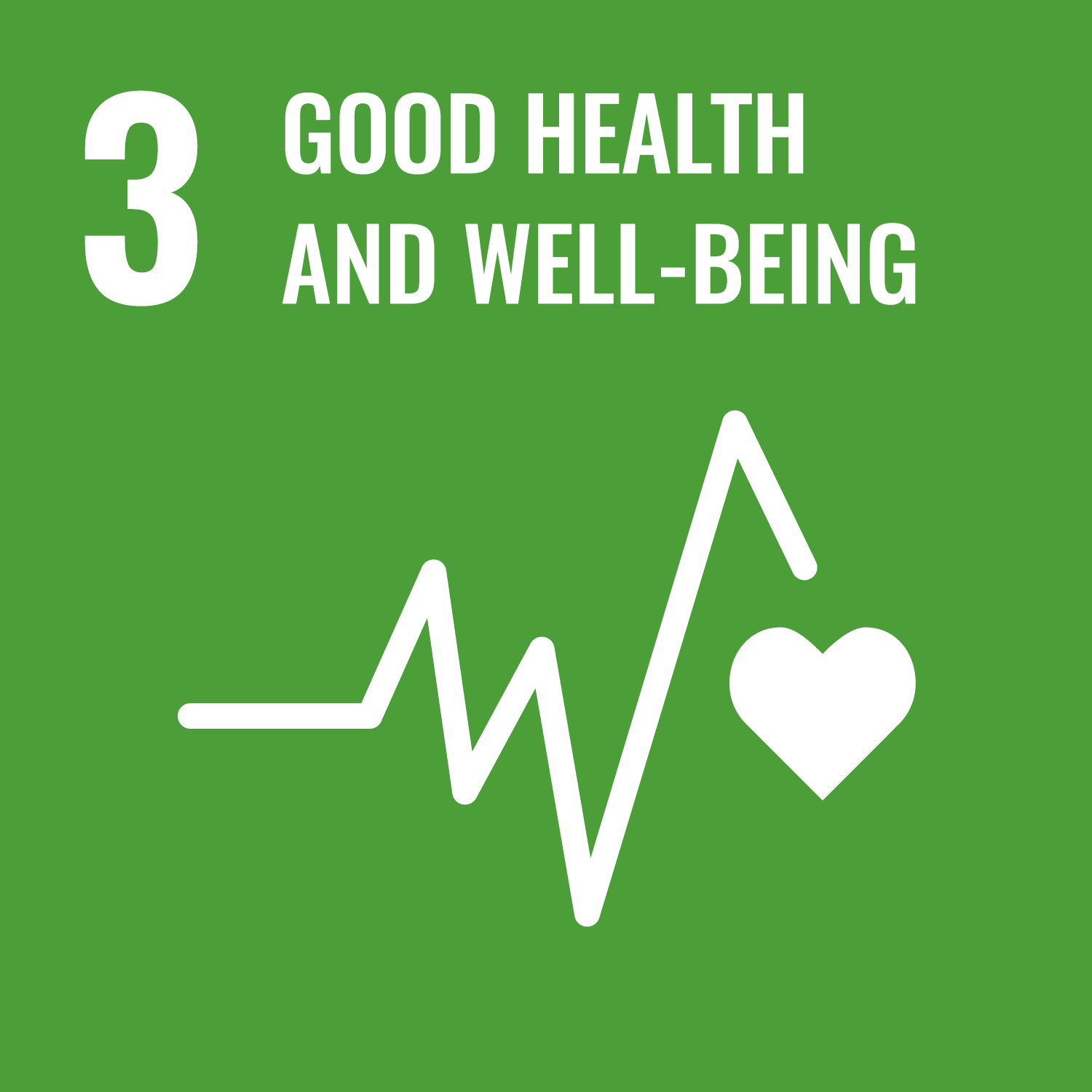Forshall, G. orcid.org/0000-0001-7092-3490, Curtis, T.J. orcid.org/0000-0002-6942-0615, Athey, R. orcid.org/0000-0003-0908-176X et al. (3 more authors) (2025) Symptom burden, treatment goals, and information needs of younger women with pelvic organ prolapse: a content analysis of ePAQ-pelvic floor free-text responses. Journal of Clinical Medicine, 14 (15). 5231. ISSN: 2077-0383
Abstract
Background/Objectives: Pelvic organ prolapse (POP) is a common condition that significantly impacts quality of life. Research has focused largely on older women, while experiences of younger women remain relatively underexplored despite challenges unique to this population. Informed by the biopsychosocial model of illness, this study aims to assess the symptom burden, treatment goals, and information needs of younger women complaining of prolapse by analyzing questionnaire responses from an existing electronic Personal Assessment Questionnaire—Pelvic Floor (ePAQ-PF) dataset. Methods: Mixed-methods content analysis was conducted using free-text data from an anonymized multi-site ePAQ-PF dataset of 5717 responses collected across eight UK NHS trusts (2018–2022). A quantitative, deductive approach was first used to identify younger women (≤50 years old) with self-reported prolapse. ePAQ-PF scores for younger women with prolapse were compared with those aged >50 years, using Mann–Whitney tests. Free-text response data were analyzed inductively to qualitatively explore younger women’s symptom burden, treatment goals, and information needs. Results: Of the 1473 women with prolapse identified, 399 were aged ≤50 years. ePAQ-PF scores of the younger cohort demonstrated significantly greater symptom severity and bother than those aged >50, particularly in bowel, prolapse, vaginal, body image, and sexual health domains (p < adjusted threshold). Qualitative analysis undertaken to understand women’s concerns and priorities produced five health-related themes (physical health; functionality; psychosocial and emotional wellbeing; reproductive and sexual health; and healthcare journeys) and a sixth intersecting theme representing information needs. Conclusions: The findings highlight the substantial symptom burden of younger women with prolapse, as well as treatment goals and information needs specific to this population. The development of age-specific resources is identified as a requirement to support this group.
Metadata
| Item Type: | Article |
|---|---|
| Authors/Creators: |
|
| Copyright, Publisher and Additional Information: | © 2025 by the authors. This article is an open access article distributed under the terms and conditions of the Creative Commons Attribution (CC BY) license (https://creativecommons.org/licenses/by/4.0/). |
| Keywords: | pelvic organ prolapse; pre-menopausal; PROMs; patient-reported outcome measures; pelvic floor disorders; treatment goals |
| Dates: |
|
| Institution: | The University of Sheffield |
| Academic Units: | The University of Sheffield > Faculty of Medicine, Dentistry and Health (Sheffield) > School of Medicine and Population Health |
| Depositing User: | Symplectic Sheffield |
| Date Deposited: | 28 Aug 2025 13:50 |
| Last Modified: | 28 Aug 2025 13:50 |
| Status: | Published |
| Publisher: | MDPI AG |
| Refereed: | Yes |
| Identification Number: | 10.3390/jcm14155231 |
| Sustainable Development Goals: | |
| Open Archives Initiative ID (OAI ID): | oai:eprints.whiterose.ac.uk:230883 |


 CORE (COnnecting REpositories)
CORE (COnnecting REpositories) CORE (COnnecting REpositories)
CORE (COnnecting REpositories)